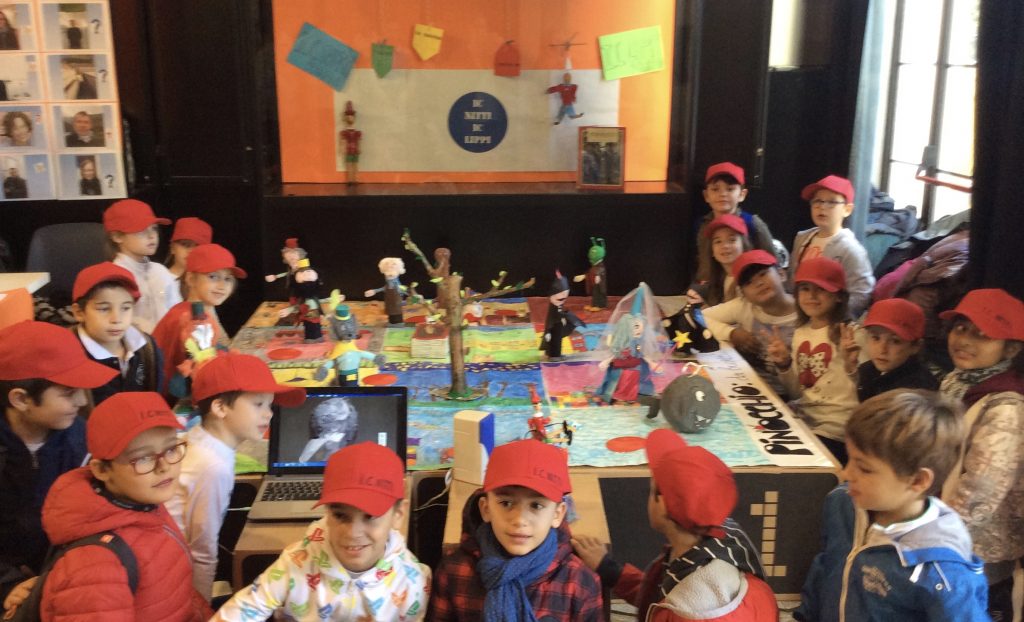
How can classroom robotics prevent bullying? Educational robotics presents itself as an inclusive tool by definition. Based on the practical exploration of the tools and on doing, it offers alternative ways of accessing knowledge that are consolidated in the group activity, in the need to collaborate to build motivating programming tasks, putting their peculiarities into play in a practical way to help or being helped by one’s peers, discovering one’s own and others’ abilities. In a certain sense, we are “forced” to work together, regardless of any prejudices or relational resistances (even bullies and victims may find themselves working together and needing each other,). At the same time, preparing tasks with contents aimed at underlining the seriousness of bullying and promoting awareness of the incorrectness of certain behaviors can be a preventive tool. By making pupils work on a common project where effective communication, relationship, and sharing are needed. Helping young people to develop more social skills related to collaboration, empathy, respect. The use of robotics facilitates learning, socialization, sharing in the presence and online, teamwork, a real opportunity for the individual subject, the peer group or the school class, to freely discuss in the spaces of that proximal learning that play naturally creates between pupils. Primary and secondary school students will be taught an online sharing model that goes beyond simple posts on social networks, associating the possibility of sharing school work, their creativity, and replicable and reusable materials. Collaboration and sharing will therefore be the keywords of pro-social values in a school environment capable of expressing children and young people to their full potential, conveying, through something that is close to their interests, good social and solidarity practices. Robotics can therefore be a tool that strengthens relationships within a class group. Like any other group activity, it can allow the creation of new bonds and better knowledge among the participants in the game. Cooperative work brings into play everyone’s skills, leaving a space functional to the skills of the individual. Robotics is not a magic wand, teachers must accompany students on the journey, facilitate and mediate moments of teamwork, as the toxic dynamics of bullying can recreate in any context. The added value of using robots is to create a learning context that is both playful and fascinating for the pupils. In this case, these are activities never experienced before where all students will start from the same level and will have the same participation possibilities. Cooperative work, in particular, that linked to innovative activities such as robotics, can bring out new skills and resources and create different and positive interactions in the peer group. The effectiveness of pedagogical innovation as a preventive method of socially negative models is a tool to encourage collaboration within the peer education group in a dimension of “educational game”. The interest in these strategies finds its natural reason for experimenting in forming teams within the school that compete with others in the construction of robots and/or participate in competitions for cooperation and educational cohesion. The team spirit reinforces the sense of belonging and decreases the risk of prevarication attitudes and at the same time mediates values and example that train students in areas of positive and constructive relationships. To all this is added a training course, organized by the network, on robotics against bullying entitled “The Streets of Bullies” which will take place in 10 meetings for teachers between the months of January and May 2018 and which will see psychologists working together, pedagogists, students, teachers and law enforcement agencies to structure correct and aware activities for the prevention of this disruptive social phenomenon.